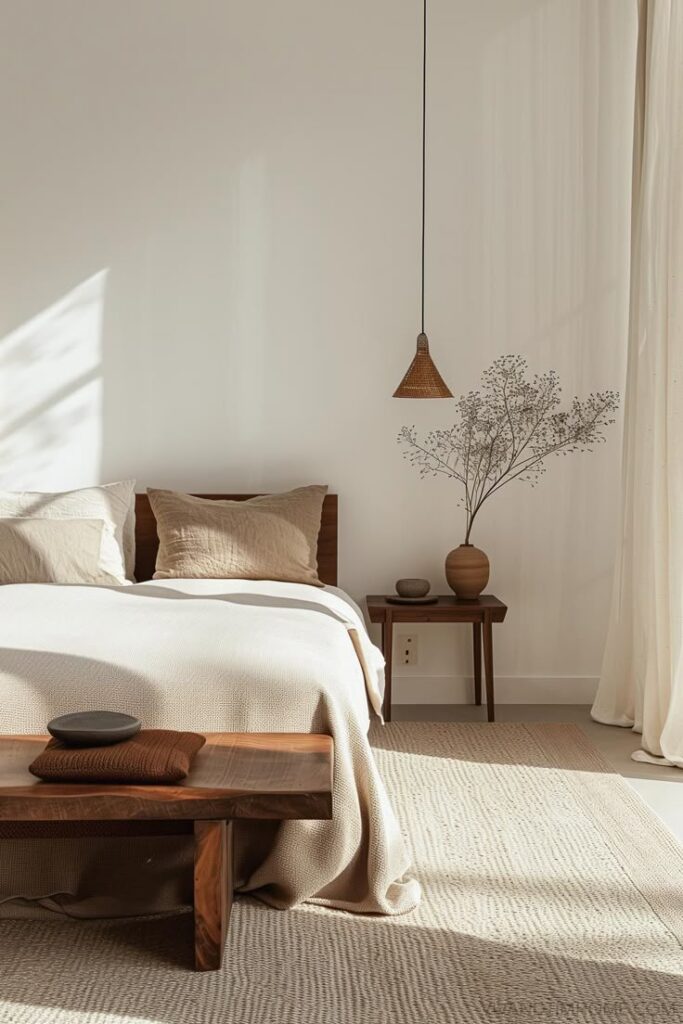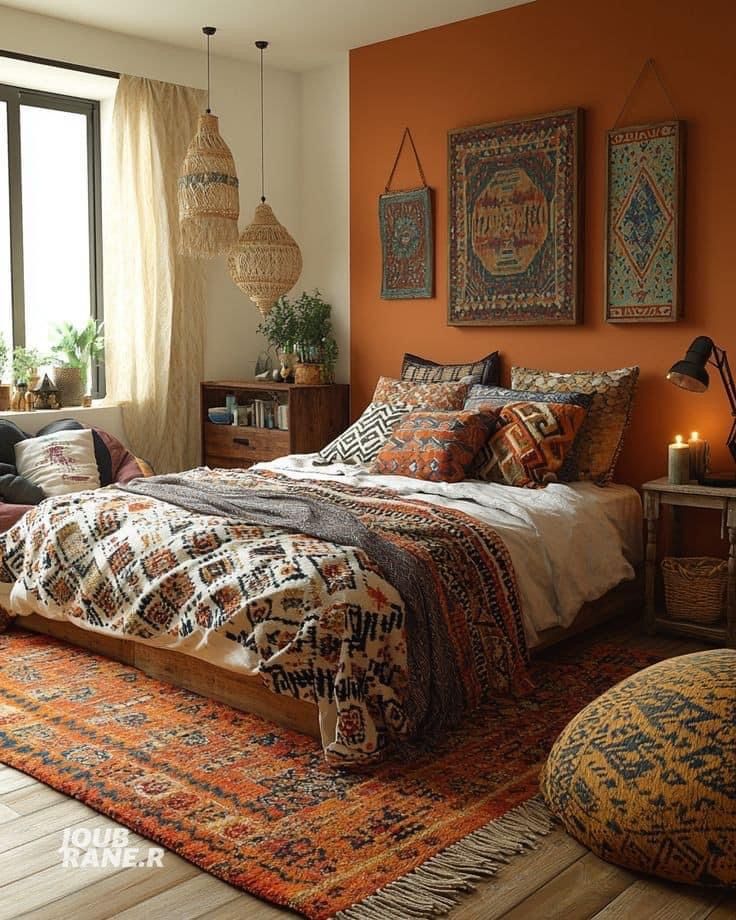
What Is Minimalism?
Did you know that 23% of people admit to being late to work due to lost items?
That’s true! It’s not just about forgotten keys or buried phones. Clutter or overdecoration often steals your time, spikes your blood pressure, and quietly sabotages your daily life. And that’s exactly why young homeowners prefer minimalist home decor or interiors.
The Art Of Less
Minimalism is a strategic life approach that embraces the philosophy of less is more. This design approach prioritizes functionality, open spaces, and a neutral color palette. With minimalism, the focus is on decluttering, using clean lines, and investing in quality over quantity.
Here, every item has a purpose and every space breathes with intention.

What Makes a Home Minimalist?
| Neutral & Monochrome Colors | Whites, greys, beige, and soft pastels. |
| Functional & Simple Furniture | Sleek, purposeful designs with no excess. |
| Clutter-Free Spaces | Hidden storage solutions to keep surfaces clean. |
| Natural Materials | Wood, stone, linen, and cotton for a warm, organic feel. |
| Abundant Natural Light | Large windows, sheer curtains, and open spaces. |
Who Should Choose Minimalism?
| Those Who Prefer a Calm & Peaceful Space | A clutter-free environment promotes relaxation and focus. |
| People Who Want to Declutter & Simplify | Minimalism reduces distractions and unnecessary possessions. |
| Busy Professionals & Frequent Travelers | Less maintenance, easier organization, and a clean aesthetic. |
| Anyone Who Values Functionality Over Excess | If you prefer intentional living with only what’s essential, minimalism is a great fit. |
What Is Maximalism?
A maximalist home is a space that embraces boldness, personality, and abundance.

The Celebration Of Abundance
Unlike minimalism, which focuses on simplicity and decluttering, maximalism thrives on layering colors, textures, and décor to create a visually rich and expressive space. It’s about filling your home with what you love – art, books, patterns, and statement pieces, without worrying about all these being too much.
What Makes a Home Maximalist?
| Vibrant Colors & Patterns | Bold wallpapers, colorful furniture, and mixed prints. |
| Layered Décor | Combining textures, patterns, and accessories to add depth. |
| Personal Collections | Displaying books, art, antiques, or travel souvenirs. |
| Statement Furniture & Art | Eye-catching pieces that create a unique focal point. |
| A Lived-in Feel | Spaces that feel curated over time rather than overly planned. |
Who Should Choose Maximalism?
| Creative Personalities | Artists, designers, and free spirits who love self-expression. |
| Collectors & Storytellers | Those who cherish books, art, and meaningful objects. |
| Lovers of Luxury & Opulence | People who enjoy rich textures, grand aesthetics, and bold interiors. |
| Anyone Who Finds Minimalism Too Restrictive | If “less is more” doesn’t feel right, maximalism offers freedom and vibrancy. |
Minimalism vs Maximalism: Which One is Right for You?
Choosing between minimalism and maximalism is about understanding who you are, how you live, and what makes you feel at home. As you already know, your home is an extension of your personality, daily habits, and emotional well-being.
Let us help you with the deciding factors:
| Deciding Factors | Minimalism | Maximalism |
| Space Required | Works well in small spaces | Requires more space to avoid looking cluttered |
| Maintenance | Easy to clean and organize | Needs frequent upkeep due to multiple elements |
| Aesthetic Appeal | Clean, calming, and modern | Vibrant, rich, and expressive |
| Personalization | Limited to subtle changes | Highly customizable and reflective of personality |
| Budget | Budget-friendly due to fewer items | Can be expensive due to decor layers |
Still Confused?
The decision between minimalism and maximalism doesn’t have to be black and white. The beauty lies in the grey area – you can blend both styles to create a home that feels calm yet full of character. By combining the two, you get the best of both worlds: clean lines and bold statements, simplicity combined with bursts of personality.
In the end, you would end up with a home that feels both effortlessly stylish and unapologetically you.
Frequently Asked Questions
What is the difference between minimalism and maximalism in home design?
Minimalism focuses on simplicity, clean lines, and clutter-free spaces, using neutral colors and functional furniture. Maximalism, on the other hand, embraces bold colors, layered textures, and personal collections, creating a visually rich and expressive space.
Which interior style is better: minimalism or maximalism?
Neither is objectively “better.” It depends on your lifestyle, personality, and preferences. Minimalism is great for those who prefer a calm, organized space, while maximalism is ideal for creative, expressive individuals who love a vibrant atmosphere.
Can I mix minimalism and maximalism in home decor?
Absolutely! A well-balanced home can have a minimalist foundation with maximalist accents – think neutral walls with bold artwork or sleek furniture paired with statement décor.
Is minimalism cheaper than maximalism?
In general, minimalism can be more budget-friendly because it involves fewer items. However, high-quality minimalist furniture can be expensive. Maximalism may require more investment in decor, art, and layered styling.
Does minimalism or maximalism affect mental well-being?
Minimalism is known to promote calmness and reduce stress by eliminating clutter. Maximalism, when curated thoughtfully, can boost creativity and self-expression. The best choice depends on what makes you feel most comfortable.
How do I transition from minimalism to maximalism (or vice versa)?
If you’re shifting from minimalism to maximalism, start by adding colorful decor, statement art, and textured fabrics. If moving toward minimalism, begin by decluttering and keeping only essentials, focusing on functionality and balance.

